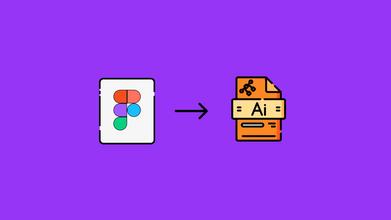How Does Static And Dynamic Code Analysis Differ?
May 01, 2022 12634 seen
What is Static Code Analysis?
Static analysis (also known as static and source code analysis) employs tools to examine program code, searching for application coding flaws, back doors, or other malicious code that could provide hackers with access to critical company data or customer information. In some cases, the analysis is performed on a specific version of the source code, while in others, it is performed on a specific form of the object code. When static analysis scans source or object code, it evaluates the security and functionality of the software while the program is not running, which is usually early in the development lifecycle. An automated tool is typically used to perform static analysis.
What Is Dynamic Code Analysis?
Dynamic code analysis, also known as Dynamic Application Security Testing (DAST), examines a running application for potentially exploitable flaws. DAST tools can detect compile-time and run-time vulnerabilities, such as configuration errors that appear only in a realistic execution environment.
How does static and dynamic code analysis differ?
Static code analysis examines code to identify problems with the logic and techniques. Dynamic code analysis entails running code, inspecting the results, and testing possible execution paths of the code.
When development teams test the code, they perform dynamic analysis, even if it is in the most basic form. Static analysis is also used by programmers when reviewing code. Regardless of the tools they employ, developers and programmers conduct analysis that ultimately contributes to creating better code.
Because neither static nor dynamic code is the best option on its own, teams should optimize both. Static and dynamic code analysis cannot be considered alternatives by development teams. Instead, consider them to be complementary and symbiotic.
Coordinate dynamic and static analysis
Dynamic code analysis is used in the same way that static code analysis is used in development teams, even if it is not formally mandated or managed. Dynamic code analysis includes routine software testing and running software to verify a fix or validate the initial implementation. So it's not a question of static vs. dynamic code analysis. The question is how to make effective use of both.
Static code analysis works best when combined with code review. Dynamic code analysis lends itself well to automated testing and test data generation. Teams should prioritize dynamic code analysis in areas where static analysis is likely to fail, such as component performance, application performance, application logic, security validation, and component boundary-crossing.
Automated test data generation tools such as Redgate SQL Data Generator and DTM Data Generator (to name a few) will simulate an application's operation at full load, validate all logic paths, and test whether these points may have security vulnerabilities. An organization may already be using these tools, but they must be testing the areas where static analysis is most likely to fail.
It is simple to automate performance and load testing with widely available tools and practices. Automated testing, logic, and security validation are more challenging to set up with any generated data. To run tests that identify potential issues, teams must prioritize test design and carefully select data generation tools with specific, per-field value constraints. In terms of security validation, teams should extend test data range values beyond regular operation to avoid creating potential problems.


